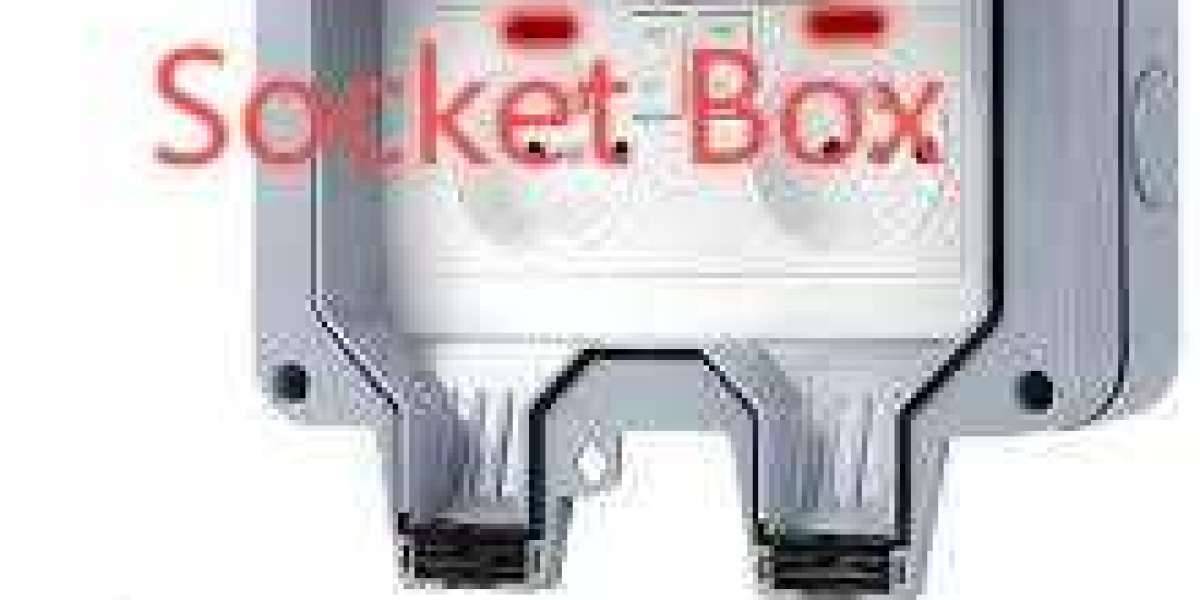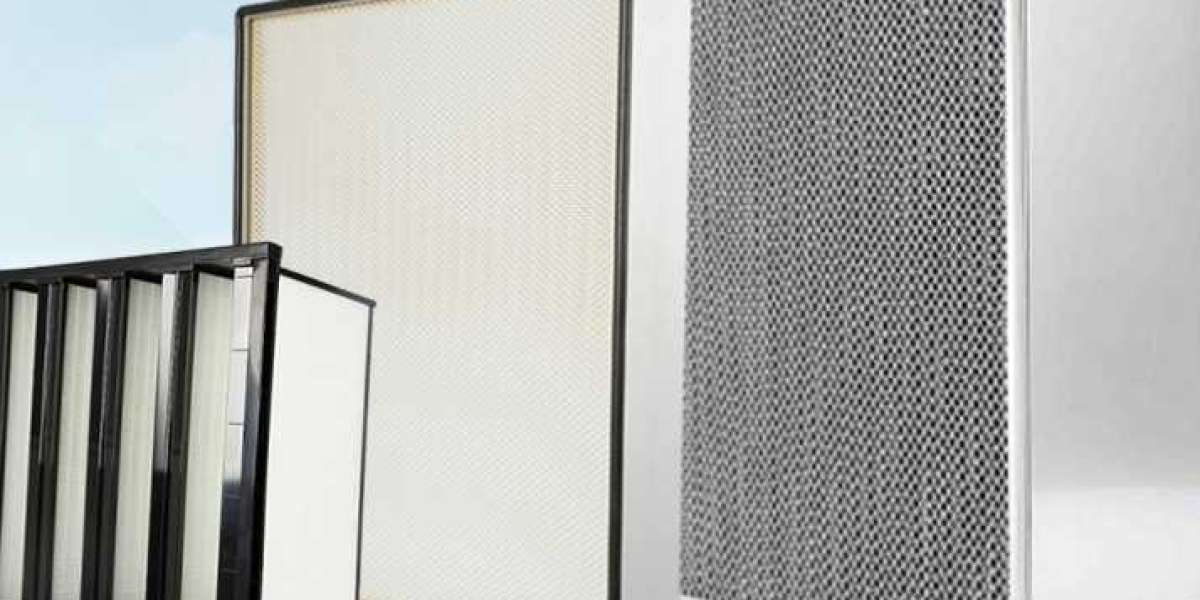Outdoor electrical installations require enclosures that can resist moisture, dust, impact, and temperature swings. For installers and facility managers, a well-designed Outdoor Socket Box delivers secure connection points and corrosion-resistant protection, and selecting the correct Outdoor Socket Box ensures equipment uptime, reduces maintenance, and enhances safety across gardens, job sites, and public spaces. This article explores practical design choices, installation considerations, and long-term benefits that make rugged outdoor enclosures indispensable.
Weatherproofing and Material Choices
A high-performing outdoor enclosure starts with materials engineered to block water and contaminants. UV-stabilized thermoplastics, powder-coated metals, and corrosion-resistant stainless steels are common selections. Effective gaskets, IP-rated seals, and drain designs prevent moisture ingress while allowing condensation to escape. Choosing the right material depends on environmental factors—coastal sites demand superior salt-spray resistance, while urban settings may prioritize impact strength and graffiti resistance. Proper material selection directly correlates with service life and lifecycle costs.
Mounting, Wiring, and Accessibility
Practical mounting options and easy access for wiring are crucial for efficient installation and maintenance. Wall-mount, pedestal, and flush-mounted configurations accommodate varied site requirements. Inside, clearly labeled terminal blocks, cable entry knockouts, and integrated strain relief simplify connections and reduce wiring errors. Removable panels and hinged doors with secure latches speed servicing while maintaining protection. Thoughtful accessibility design helps technicians perform upgrades or repairs quickly without exposing live parts to weather or accidental contact.
Safety Features and Compliance
Safety should be non-negotiable. Enclosures that meet or exceed regional electrical codes and standards provide peace of mind. Features such as lockable doors, tamper-resistant sockets, surge protection modules, and integrated circuit breakers protect users and equipment. Thermal management—through vents, heat sinks, or rated insulation—prevents overheating. Certification to IP ratings, CE markings, or other local approvals confirms that the enclosure performs safely under specified conditions. Prioritizing certified products reduces liability and ensures dependable operation.
Nante Outdoor Solutions and Integration
Modular product lines allow site-specific customization without sacrificing consistency. The Nante approach focuses on scalable configurations that integrate seamlessly with lighting controls, irrigation systems, EV charging infrastructure, and outdoor signage. Preconfigured assemblies speed deployment for contractors, while bespoke options serve architects and planners seeking tailored solutions. By considering both electrical and aesthetic requirements, modern outdoor socket systems become functional elements that complement landscape and urban design rather than intrusive hardware.
Maintenance, Longevity, and Sustainability
Planned maintenance extends enclosure life and performance. Regular inspections of seals, hinges, and wiring identify wear before failures occur. Cleaning salt deposits, debris, and accumulated dirt prevents corrosion and thermal problems. Selecting recyclable materials and energy-efficient manufacturing reduces environmental impact, while long service life lowers total cost of ownership. Investing in durable, maintainable outdoor enclosures supports sustainability goals and reduces replacement frequency over decades of service.
In summary, selecting an engineered outdoor enclosure is about matching environmental demands with robust design, practical installation features, and safety-compliant construction. Thoughtful choices in materials, mounting, integration, and maintenance yield reliable exterior power points that protect equipment and people alike. To explore product options and technical specifications, visitwww.nante.com/product/ .







